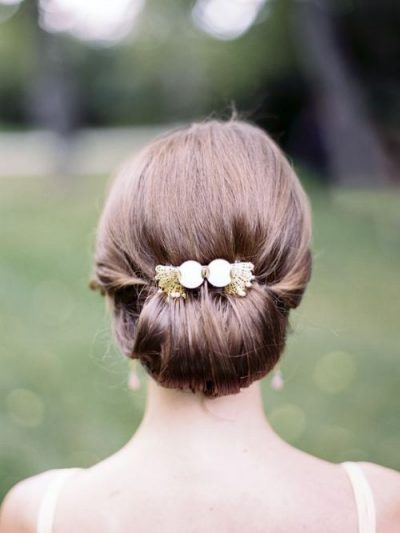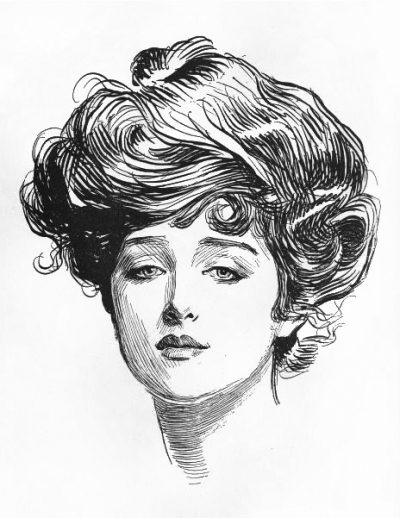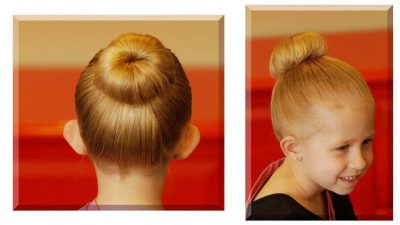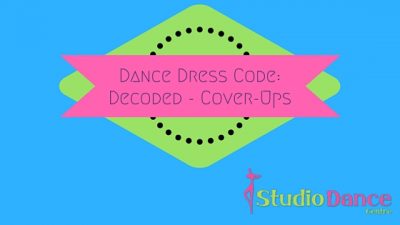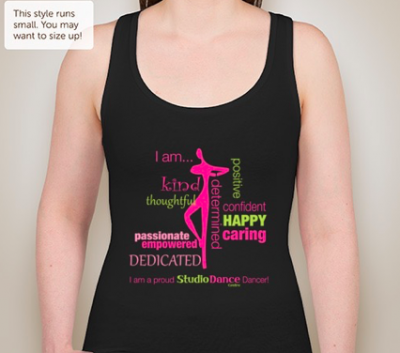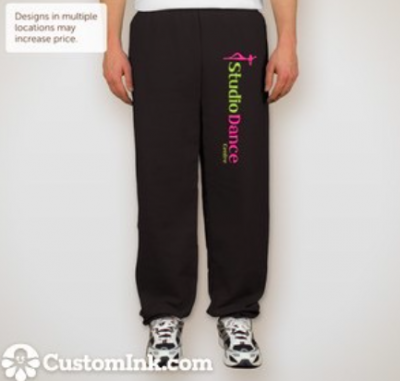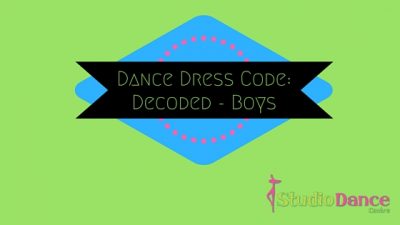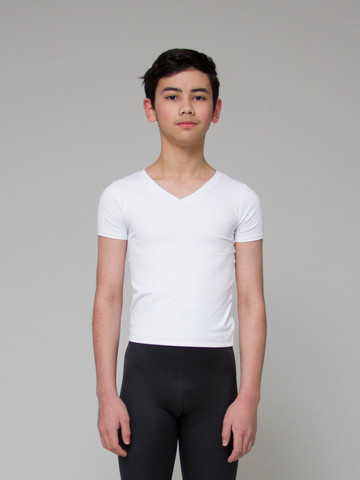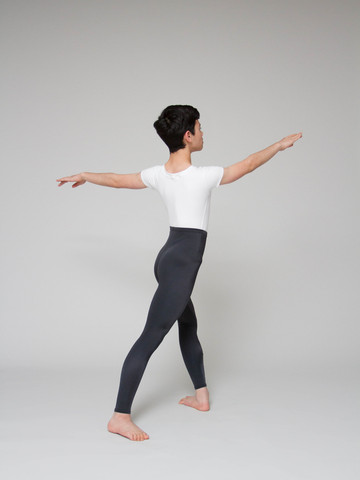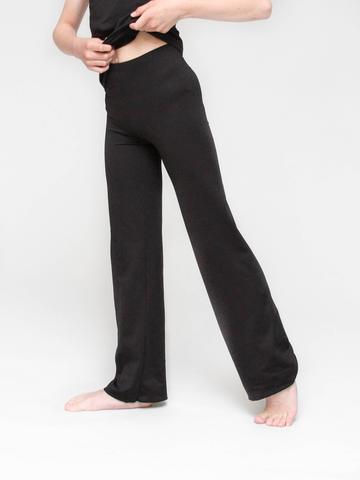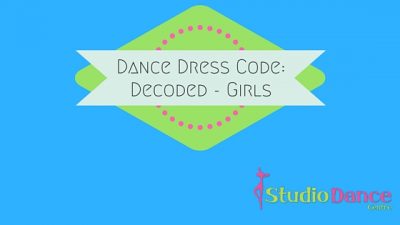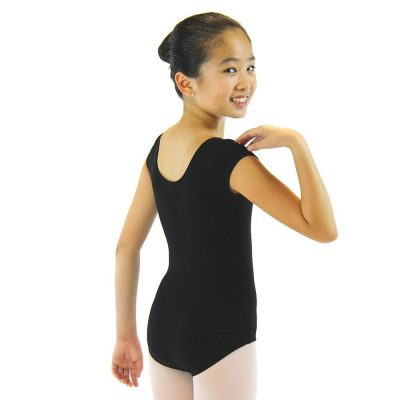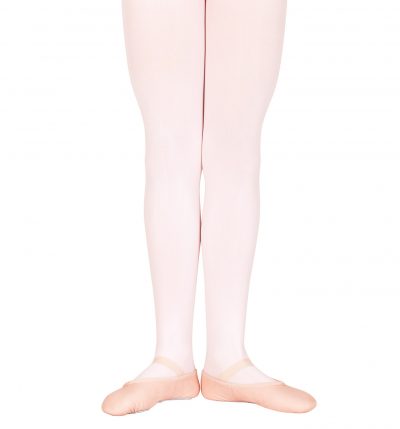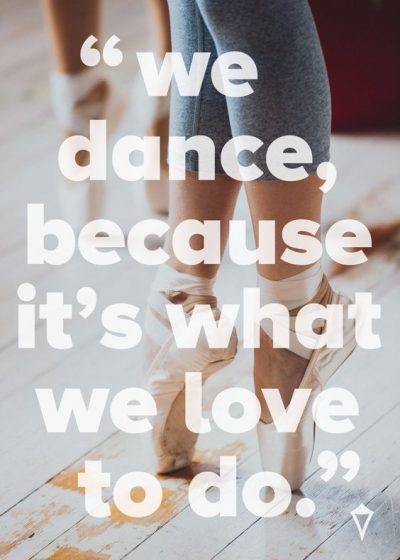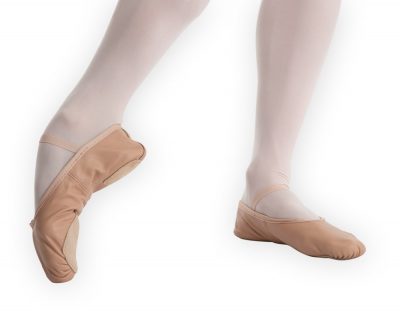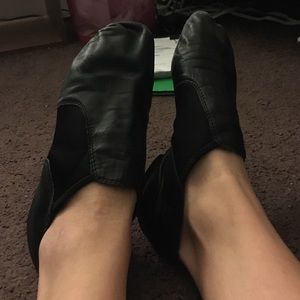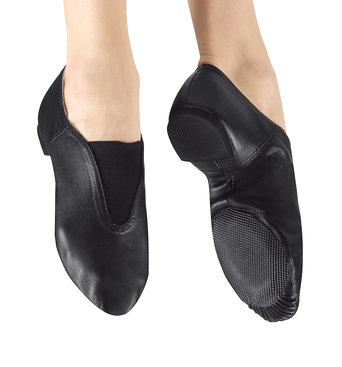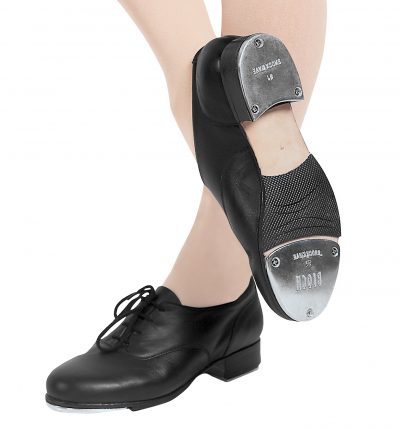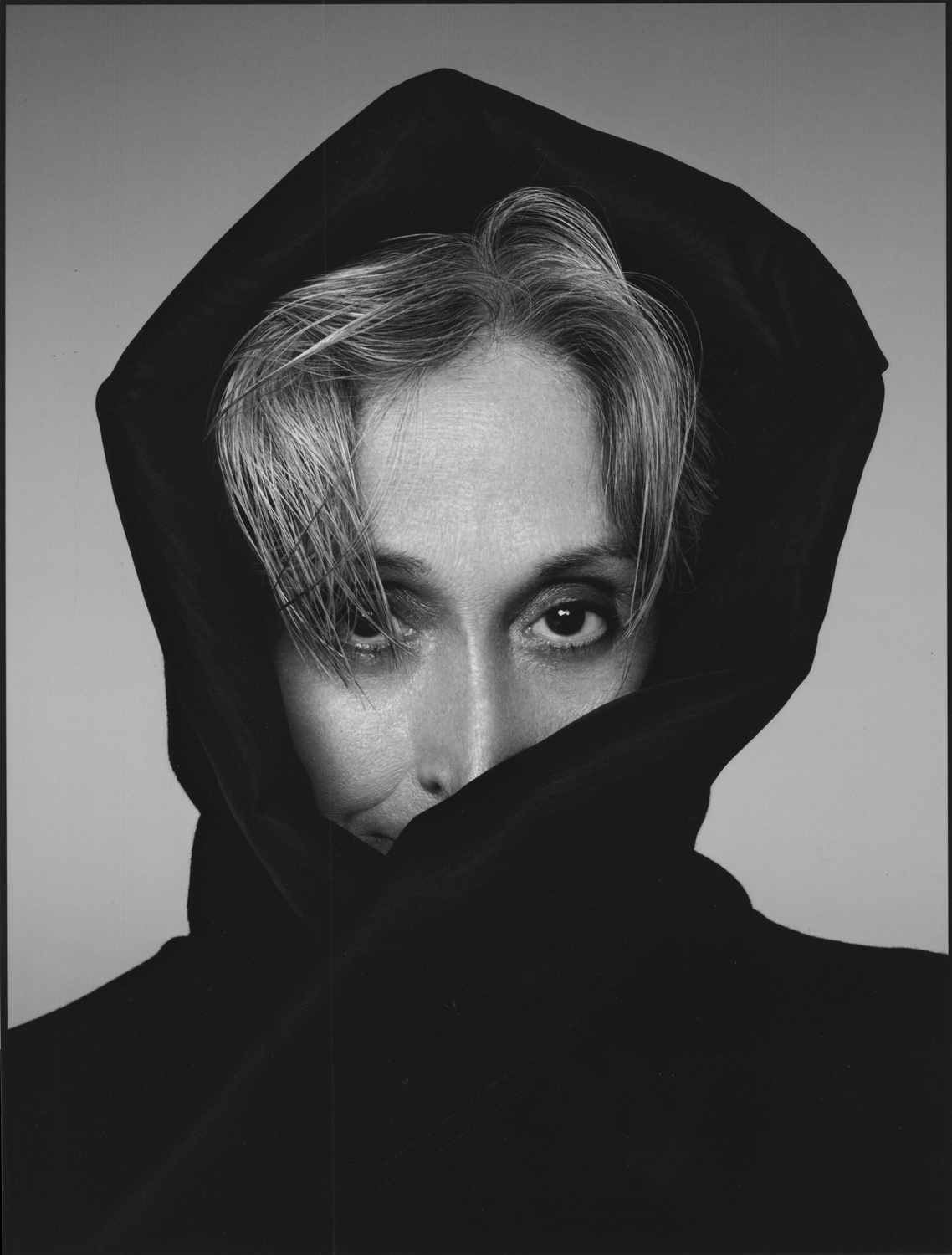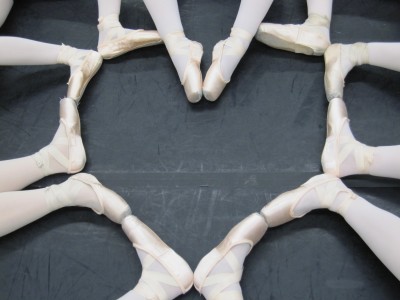
In last week’s posts, we talked about what goes on your body. Just as important is what goes into your body. When you dance, you sweat. It’s inevitable.
With sweat comes a loss of fluid and electrolytes that need to replenishing. In one hour of dancing, you can lose an average of 37 ounces of fluid! (Maybe more if you’re in a Strength and Stretch session!) When you’re offered a water break – take it! Once you feel thirsty or your mouth is dry and sticky, you are already dehydrated.
As soon as possible, begin drinking water to replace what you lost in the studio. This means on average, drink 37 ounces of water within the hour class ended. Stick to water unless you sweat a lot or had a long class. Gatorade and other sports drinks have sugar and other ingredients non-professional athletes don’t need.
If you are a do sweat a lot (Ms. Kerry is in this group), try beverages like Smart Water, Pedialyte, or Drip Drop. They have more electrolytes without all the extras.
Remember that there are other alternatives to drinking water to rehydrate. Fruits and veggies are a great way to quench your thirst and your sweet tooth after class. Blueberries, watermelon, cucumber, and others have 95% or higher water content. Try adding them to your water for a little flavor!
So remember, during your next break – head for the water fountain or grab your water bottle. Your body will thank you!
Trip the light fantastic, dancers!
~Ms. Kerry





